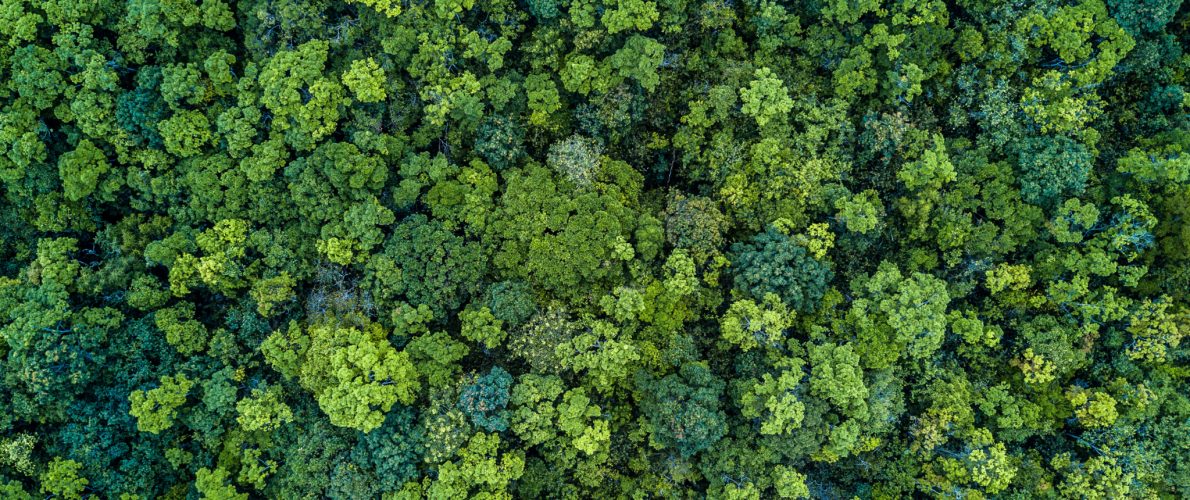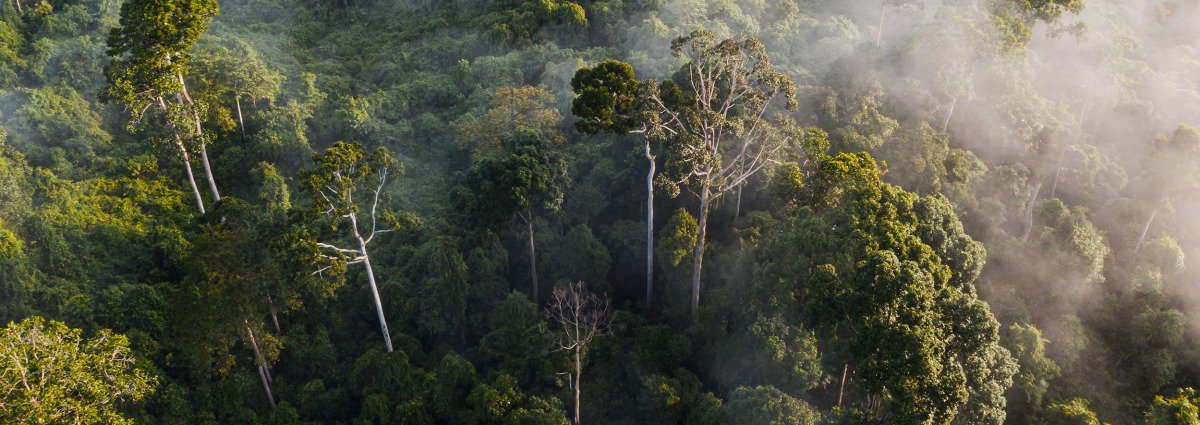
Protect a Pristine Corridor for Tigers in India
Support more work like thisSupport more work like thisThe largest of the big cats, the Endangered Tiger is also the most threatened, with only 2,000 to 3,000 remaining globally. They no longer exist in 96% of their historic range.
-
Species at Risk
Tiger (EN), Dhole (EN), Indian Vulture (CR)
-
Carbon stored
9,720,433 mT*
*(metric tons of CO2 equivalents) -
Partner
Wildlife Conservation Society-India
-
123,441 Proposed Acres Conserved by
Designation
-
Project Cost: $663,069

123,441
The largest of the big cats, the Endangered Tiger is also the most threatened, with only 2,000 to 3,000 remaining globally. They no longer exist in 96% of their historic range.
-
Species at Risk
Tiger (EN), Dhole (EN), Indian Vulture (CR)
-
Carbon stored
9,720,433 mT*
*(metric tons of CO2 equivalents) -
Partner
Wildlife Conservation Society-India
-
123,441 Proposed Acres Conserved by
Designation
-
Project Cost: £498,548

123,441
India’s Eastern Ghats, a discontinuous mountain range running along the eastern coast of the Bay of Bengal, provides pristine, old-growth forest habitat for the Endangered Tiger. Here, a 1.3 million-acre reserve has been designated for the tigers’ wellbeing. But in the center of this vast protected area, a critical gap in protection is leaving these revered big cats vulnerable. Development projects, roads and commercial exploitation of bamboo threaten an important corridor that tigers use to traverse vital habitat in southern India.
The largest of the big cats, the Endangered Tiger is also the most threatened, with only 2,000 to 3,000 remaining globally. They no longer exist in 96% of their historic range. Cherished as the national animal, the Indian government has prioritized the tigers’ protection.
Rainforest Trust and Wildlife Conservation Society-India, are working together to safeguard this vital, at-risk corridor by achieving national recognition of the 123,441-acre Ahobilam Wildlife Sanctuary as a new protected area with the strongest conservation preservation provided by Indian law.
Tigers share this proposed sanctuary area with other imperiled species, including the Dhole or Indian Wild Dog (EN), Sloth Bear (VU), Sambar Deer (VU) and Indian Vulture (CR). Species whose current ranges overlap the proposed sanctuary include Indian Pangolin (EN), Peacock Tarantula (CR), Great Indian Bustard (CR), Lesser Florican (EN), Black-bellied Tern (EN) and Steppe Eagle (EN). The landscape is also frequented by Leopard (VU).
(Header photo: Indian male tiger, by Ondrej Prosicky)
Explore Eastern Ghats

Tiger caught on camera trap, courtesy of WCS-India

Tiger caught on camera trap, courtesy of WCS-India

Leopard caught on camera trap, courtesy of WCS-India

Dhole or Asiatic Wild Dog, by Dr Ajay Kumar Singh

Peacock Tarantula (poecilotheria metallica), by MLursus/wikimedia

Crested Porcupine on camera trap, courtesy of WCS-India
Did you know? Only
Tigers are Estimated to Remain Globally in the Wild
Protect Breeding Pairs of Tigers for the Future
Wildlife Conservation Society – India scientists recently documented that breeding pairs of tigers are once again using this unprotected habitat after an absence of 20 to 25 years.
The rugged terrain of Eastern Ghats’ Nallamala Hills is home to an estimated 75 tigers who favor it for raising their young, with five to seven cubs born here each year. Former inaccessibility has kept human impact at bay for centuries, but without formal protection this corridor could be accessed for future development.
Ensure Local Spiritual Customs and Conservation are Cooperatively Upheld
Establishing Wildlife Sanctuary status for this important corridor will protect imperiled species from destructive encroachment while allowing local communities to harvest food for themselves and their families sustainably on the land.
The area also holds great cultural value in certain spiritual practices, with temples located within the proposed sanctuary boundaries. Our partner will work with temple authorities to ensure that this usage aligns with conservation values.




We Value Transparency.
Conservation work is critical, challenging, and can be costly. We work hard to ensure we raise only the funds needed for each project. In the rare case we raise more money than needed or a project comes in under budget, excess monies will be transferred to the Conservation Action Fund. This fund supports our important conservation work throughout the tropics.
Learn more about the Conservation Action FundLearn more about the Conservation Action Fund
Partnering to Save Rainforest
Our partners’ ability to work with their governments and build strong connections with local communities ensures the successful implementation of our projects.
Learn More About This PartnerLearn More About This Partner
